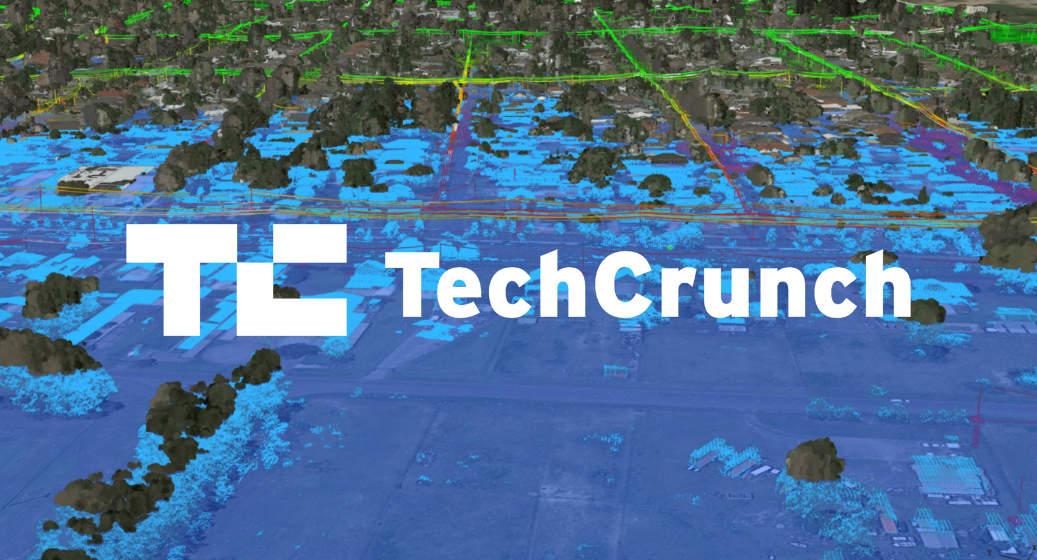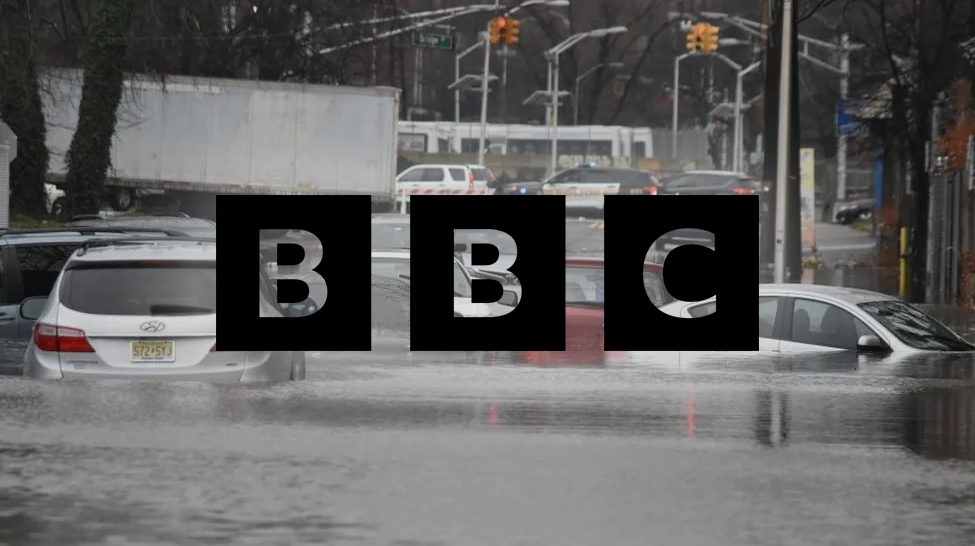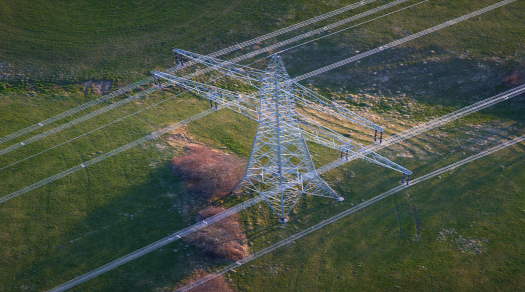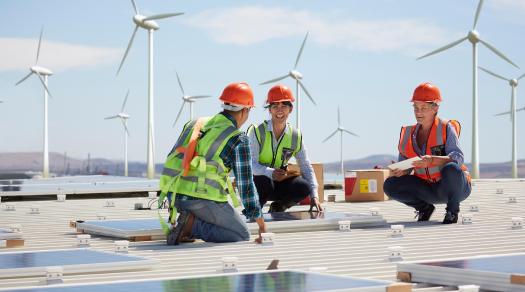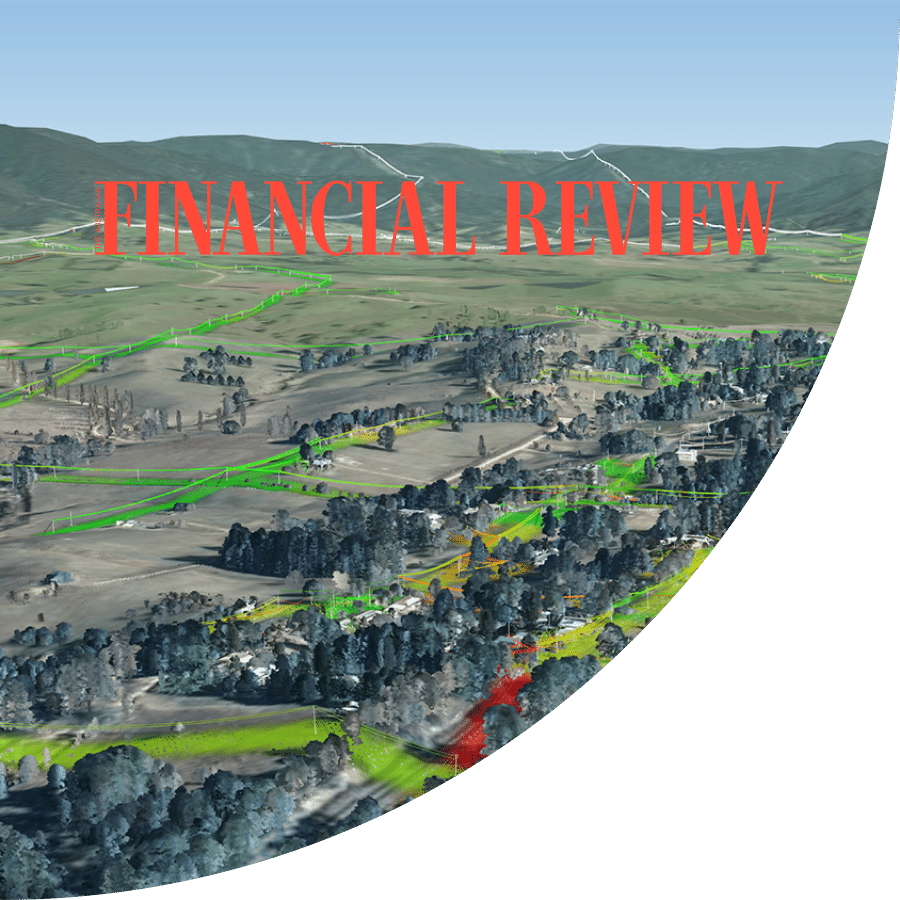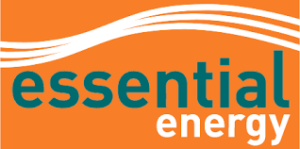Introduction
Essential Energy is one of Australia’s largest electric utilities, powering nearly 900k customers. Their network compromises 183,612 kilometers (1414,901 miles) of power lines, 1.4 million poles, 140,000 distribution substations and, 377 zone substations that cover dry Far West regions, the snowy Australian Alps, and many coastal and sub-tropical regions.
Using Neara’s 3D digital network model, Essential Energy discovered that they could double the energy capacity across their existing network. This development represents significant cost savings and a major step forward for the country’s decarbonization journey.
The Challenge
Many utilities perform line rating studies to assess maximum conductor current to understand how much energy capacity exists in individual spans — but extrapolating that across Essential Energy’s >110k miles of network territory and 1.4 million conductors using traditional line rating methods would be prohibitively expensive and impractical.
With a sharp focus on its clean energy transition, Essential Energy sought a more scalable way to assess its network’s available capacity in aggregate. To do so, they needed to identify and diagnose bottlenecks and model how freeing up capacity in one span would flow through and impact the rating of the next span, and so on. How would this ripple all the way through the network? How much clean energy could they conceivably make room for using existing infrastructure? How could they actually conduct this analysis while upholding their commitment to maintaining downward pressure on consumer energy prices?
The Solution
Essential Energy had already established a commitment to partnering with technology to innovate toward the network of the future and was already working with Neara to identify network-wide risks faster. Having applied Neara’s granular simulation analyses across their network in service of several other use cases, the team at Essential was well-versed in the types of analyses the platform could facilitate.
Essential Energy’s industry-leading vision, underpinned by Neara’s technology, led the team to investigate how to get more out of their existing distribution assets to enhance asset utilization and accelerate renewable energy integration. As a result, the team was able to unlock significant collective capacity across their existing assets that would significantly accelerate the clean energy transition while bringing down the cost since they would not need to build new transmission to support the generation.
Essential Energy CEO John Cleland said, “We have found that the temperature our lines can operate at is much higher than we previously understood. Historically, we have had to apply a crude standard across the network. By modeling each span individually, we found that in many parts, the capacity is twice as high as we previously thought.”
Check out our Dynamic Line Rating and Renewable Energy Integration solutions
READ LESS

